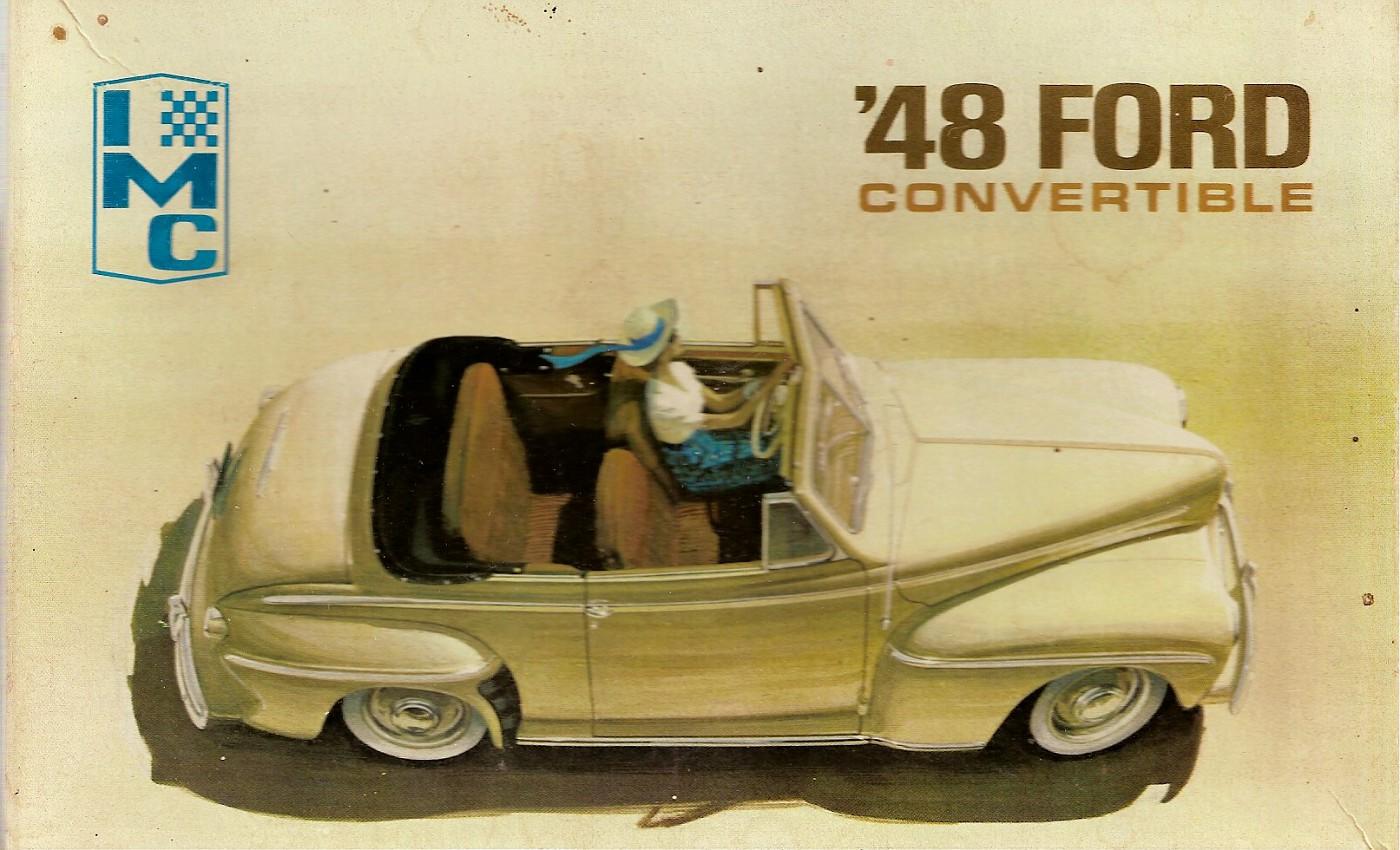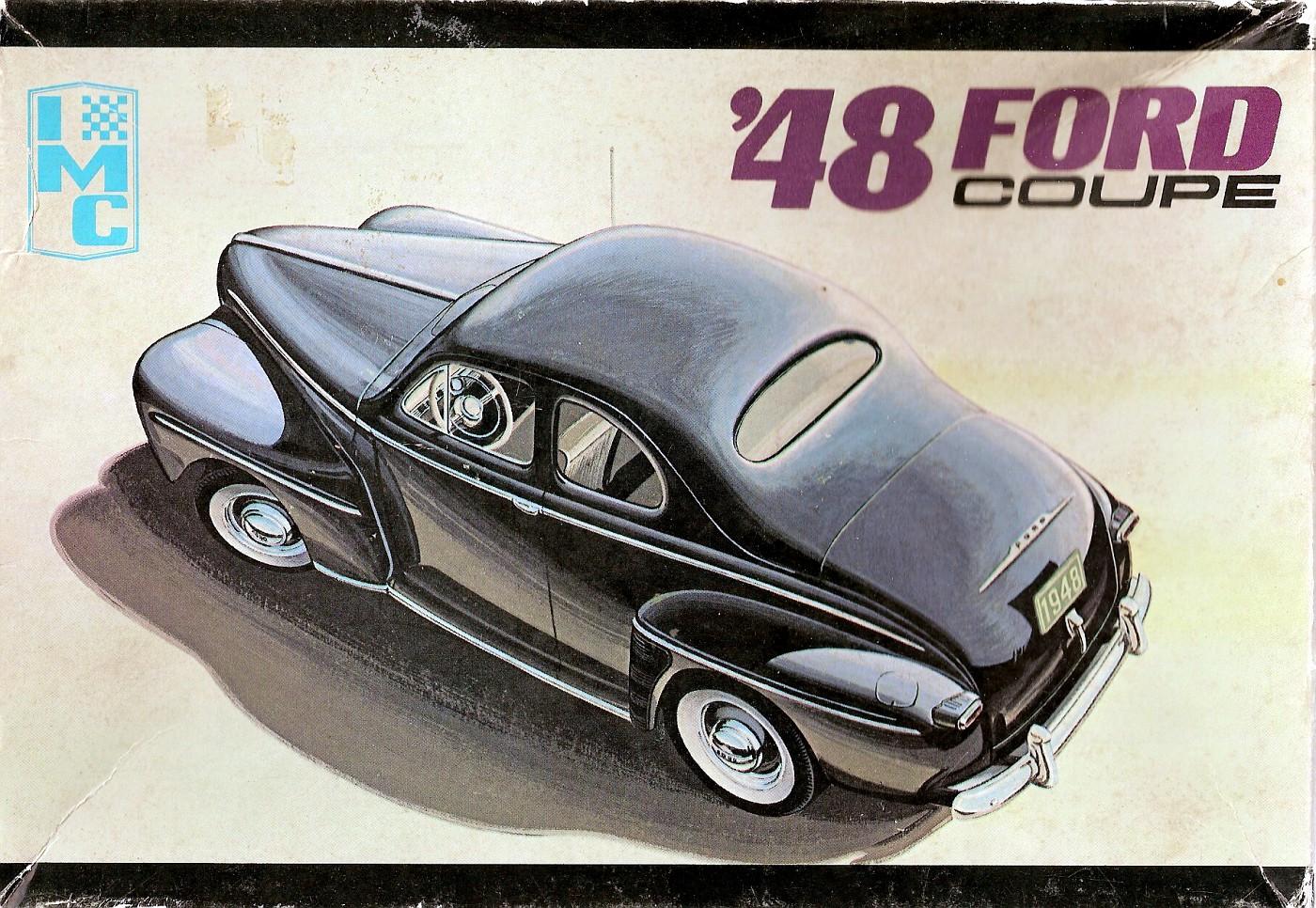-
Posts
327 -
Joined
-
Last visited
Content Type
Profiles
Forums
Events
Gallery
Everything posted by Chris V
-
If you’re looking for 1:24 wheels, look no further than Monogram’s 1978 Chevy ElCamino
-
Gravity-Colors and Zero Paints offer seceral engine colors (Zero toned theirs after the Testors bottles).
-
This kit is an ‘83: https://diolexproduction.com/products/1-25-3d-print-resin-cadillac-fleetwod-brougham-1983-transkit-for-revell?_pos=4&_sid=975e53a7d&_ss=r
-
You're welcome! A few days ago i stumbled across this German 3D Printer, who offers a number of full kits of this generation Cadillacs in 1:25 scale: https://diolexproduction.com/search?q=Cadillac&options[prefix]=last
-

Looking for a convertible 71 Cuda body
Chris V replied to 10543Modeler's topic in Car Aftermarket / Resin / 3D Printed
No need for transkits: Revell made a “Nash Bridges” ‘71 Convertible kit based on the old Monogram 1:24 kit. -

What skirts are for.a 40 Ford
Chris V replied to junkyardjeff's topic in General Automotive Talk (Trucks and Cars)
No, they’re from AMT’s 1939/40 Sedan kit. The lower set is from AMT’s original issue 1936 Ford Coupé/Convertible. -
I unenthuisatically opened this topic, expecting to see just another box stock “gasser” build of the old AMT kit… What I found exceeded my wildest imagination: I deeply admire the effort you’re putting into correcting the (many) flaws of the kit! Another thing you may want to correct is the lower leading edge of the front fenders: The kit fenders have an aestethic, but incorrect, bulging shape, whereas the real fender has more of a straight line with a slight downwards taper towards the middle.
-
That would likely be Robert Burns aka. "Too Many Projects" on Facebook. It seems he has temporarily stopped taking new orders to deal with a backlog of orders.
-
Be very careful with the tires from earlier issues. The tires in the "White box" issues from the nineties/early 00's have a nasty habit of melting/softening any plastic or paint they get in contact with for prolonged periods of time.
-
As already stated by others, the Hasegawa "1966" kits were shamelessly copied from AMT, Jo-Han and MPC annual kits, and all include the same generic interior and chassis. You're better off getting Revell/Monogram's nicely detailed new '65 Impala or an AMT-reissue of the Buick and Thunderbird, the Hasegawa kits were copied from. The Cadillac is more or less the only game in town, unless you want to spend ages looking for a rebuildable Jo-Han annual. The Pontiac can be somewhat improved by using the chassis and interior from AMT's reissued '65 Bonneville.
-
IMC made a 1948 Ford Convertible and Coupé based on the same tooling. The Convertible was reissued by Union, and later both were reissued by Testors (Caution: Some of the Testors Coupes were molded in a rather soft plastic). They're quite fiddly kits with multi-piece bodies and mainly good for nostalgic value, as Revell's line of 1946-48 Fords is far superior in every sense.
-

Making gold pinstripes Ideas ?
Chris V replied to gtx6970's topic in Model Building Questions and Answers
The Japanese brand Aizu Project offers a series of masking tapes as narrow as 0.4 mm. The quality is very similar to Tamiya masking tape. -
If you want to replicate the Hilborn injected 312 Y-block, Mapleleaf Modelworks offers a conversion kit with the ribbed valve covers and authentic stacked injectors: Y-Block Injector Combo 1
-

ATLANTIS Toy and Hobby post this week.........
Chris V replied to Dave Van's topic in Car Kit News & Reviews
The interesting thing is, that there's more Monogram Corvette chassis around: The Tom Daniel "California Street 'Vette", Corvette "SS Hatchback" and "Black Rat" '65 uses the same chassis. However the chassis and engine was completely changed for the stock '65 396 Big Block issue and subsequent '66 Penske Racing issues. -

Which vendors offer scale auto carpet?
Chris V replied to Monty's topic in Model Building Questions and Answers
Gravity-Colors offers a range of textured paints to more accurately simulate the various surface textures, highlights and shading of a real car interior in scale: Focus Interior Colors -

ATLANTIS Toy and Hobby post this week.........
Chris V replied to Dave Van's topic in Car Kit News & Reviews
It may be a deliberate marketing strategy, but it's difficult to tell whether the background clutter in Atlantis' videos is actually hinting at future releases or in fact just... clutter. Despite their shortcomings I'm hoping that we'll get a reissue of the quirky Revell '62 Mopars (and Monogram's Tom Daniel "California Street 'Vette" which was casually hiding in plain sight in another of their videos) -
And here you'll find Gravity Colors' set: Soul Red
-
It’s available from Gravity Colors as well…
-
Sorry for hijacking the thread, but is that Dave Koffel's "Flintstone Flyer Too" Studebaker Lark?
-

I wish a stock Willys was built
Chris V replied to junkyardjeff's topic in General Automotive Talk (Trucks and Cars)
A stock 1933-41 Willys has never been kitted, but kitbashing will get you a long way. I’d recommend using Revell/Monogram’s “New Tool” gasser as base, adding dash and brightwork parts from the old Revell Stone, Woods and Cook kit, front axle from AMT’s 1933 Willys Coupé/Delivery, the 4-cylinder Willys flathead from AMT’s “Hogans Heroes” Jeep, and the steel wheels from IMC/Union/Testors’ 1946-48 Ford Kits.




